Türkiye cools on $23B F-16 deal as F-35, Eurofighter options reemerge
 Two Turkish Air Force F-16 fighter jets from 192Filo during the NATO Tiger Meet at Schleswig-Jagel airbase in Schleswig-Jagel, Germany on Jun 23, 2014, accessed on 17 April, 2025. (Adobe Stock Photo)
Two Turkish Air Force F-16 fighter jets from 192Filo during the NATO Tiger Meet at Schleswig-Jagel airbase in Schleswig-Jagel, Germany on Jun 23, 2014, accessed on 17 April, 2025. (Adobe Stock Photo)
Türkiye has slowed down its $23 billion F-16 fighter jet deal with the United States as it explores alternative defense options, including the Eurofighter Typhoon and a potential return to the F-35 program, according to Al-Monitor and Middle East Eye.
Originally proposed in 2020, the F-16 package included 40 new Block 70 jets and 79 modernization kits. Türkiye scaled back the deal in late 2024, removing the modernization kits and reducing the overall value to $7 billion.
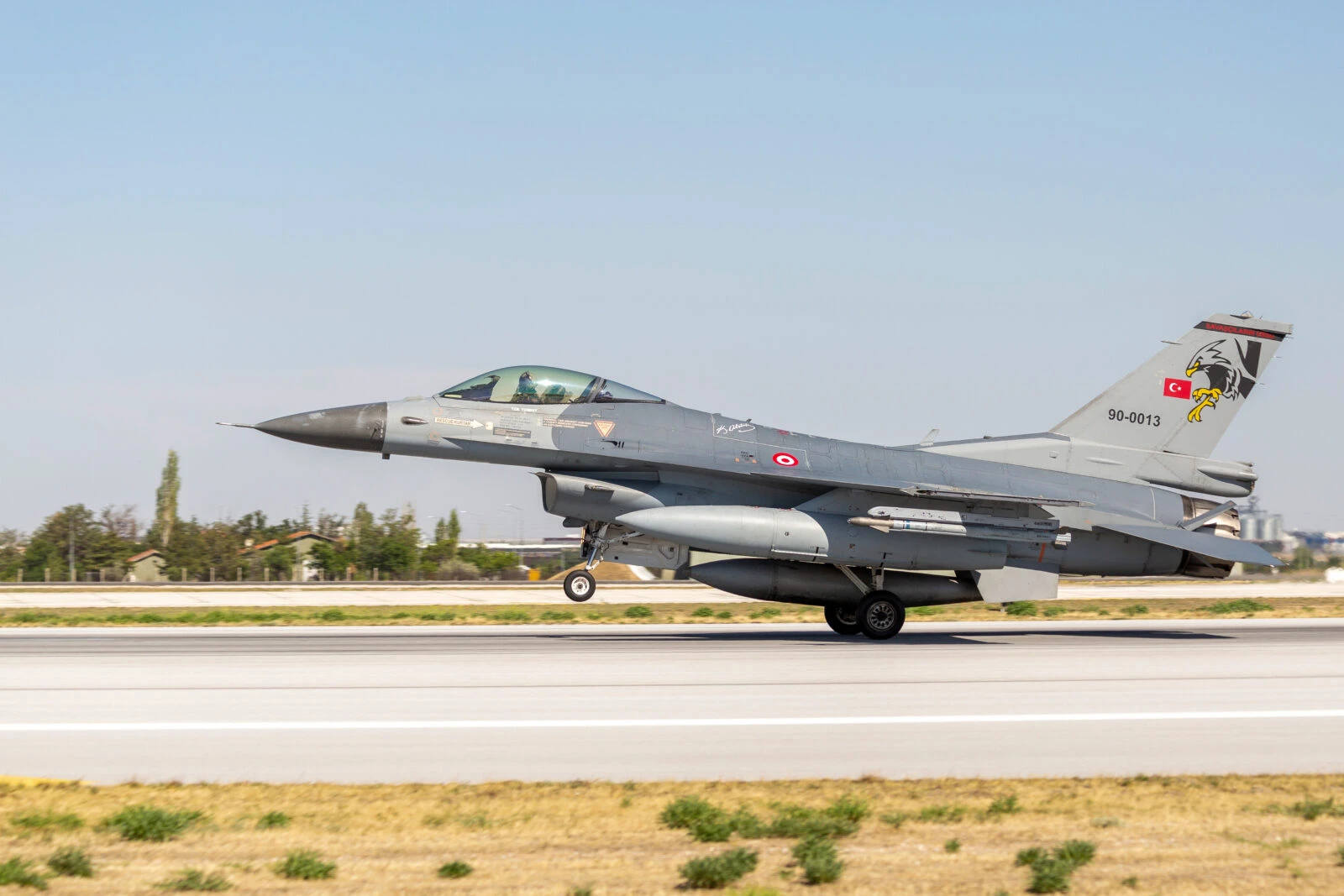
F-35s and Eurofighters back on the table
The reevaluation comes as Ankara considers rejoining the F-35 program, from which it was removed in 2019 due to its purchase of the Russian S-400 air defense system.
President Recep Tayyip Erdogan reportedly raised the issue with U.S. President Donald Trump in a phone call in March.
Legal and technical teams from both governments are now exploring options to lift S-400-related sanctions under the Countering America’s Adversaries Through Sanctions Act (CAATSA), which blocked Türkiye’s access to the fifth-generation stealth jets.
Additionally, Türkiye received a price quote last month for 40 Eurofighter Typhoon jets. The aircraft, built by a European consortium of the U.K., Germany, Italy, and Spain, is considered highly competitive in air superiority missions.

Cost concerns and delivery timelines play key role
Sources familiar with the matter suggest that cost escalation and delivery delays are also influencing Türkiye’s reassessment. The unit cost for a new F-16 has reportedly risen from $80 million to nearly $200 million, depending on additional equipment.
Defense Minister Yasar Guler said Türkiye had made an initial $1.4 billion down payment for the jets. Some sources suggest that the amount could potentially be redirected toward acquiring the F-35s if the sanctions hurdle is cleared.
There is also a lengthy production queue for F-16s. Bulgaria, for example, waited over three years to receive its first aircraft.
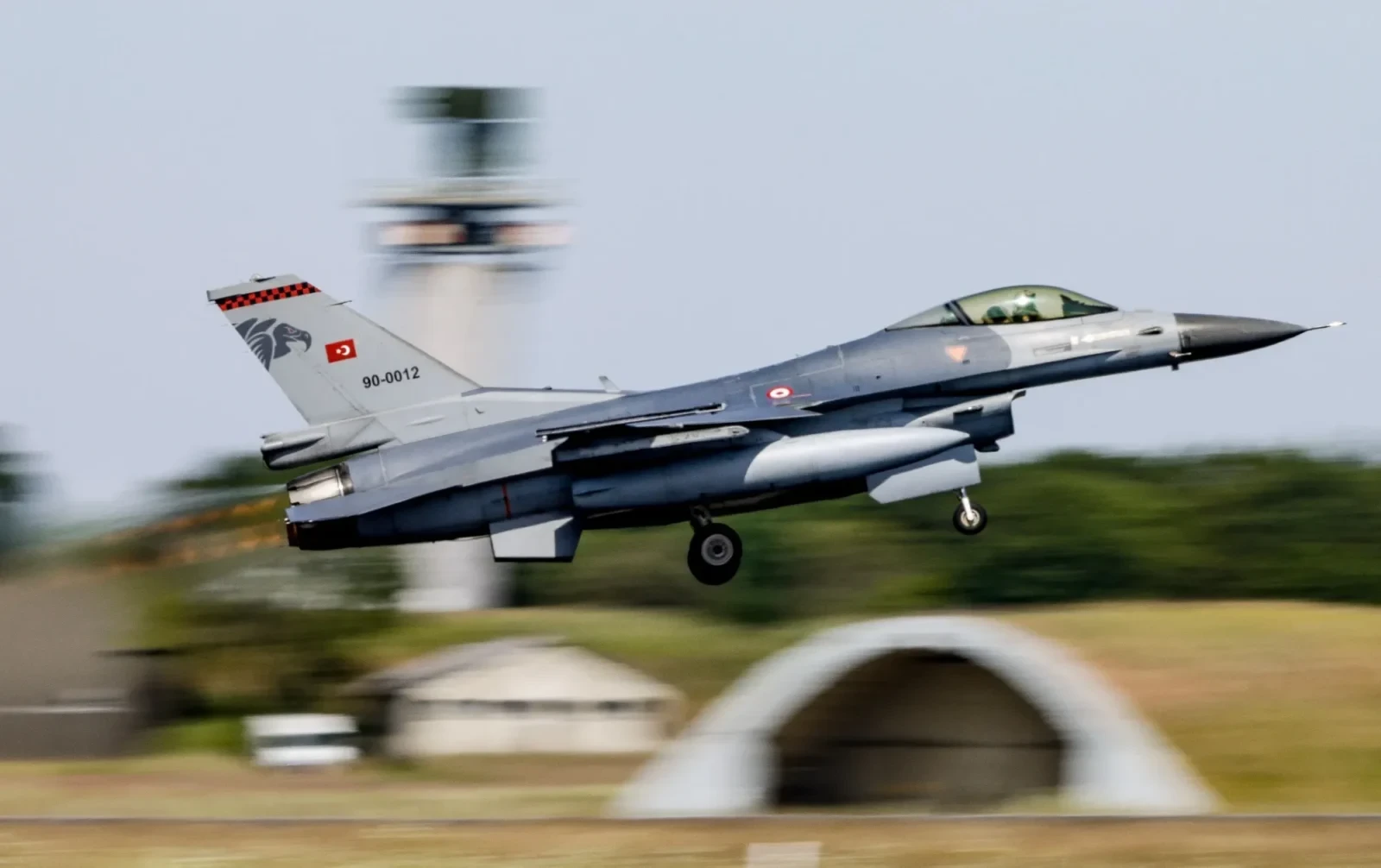
Strategic calculations in Eastern Mediterranean
The shift in procurement strategy also comes amid evolving regional dynamics. Greece is set to receive its first F-35s by 2028, while Türkiye’s aging F-16 fleet faces mounting operational challenges.
Rejoining the F-35 program would not only allow Türkiye to immediately take delivery of six jets already manufactured and paid for but also help restore its role in the consortium that had previously relied on Turkish firms for key components.
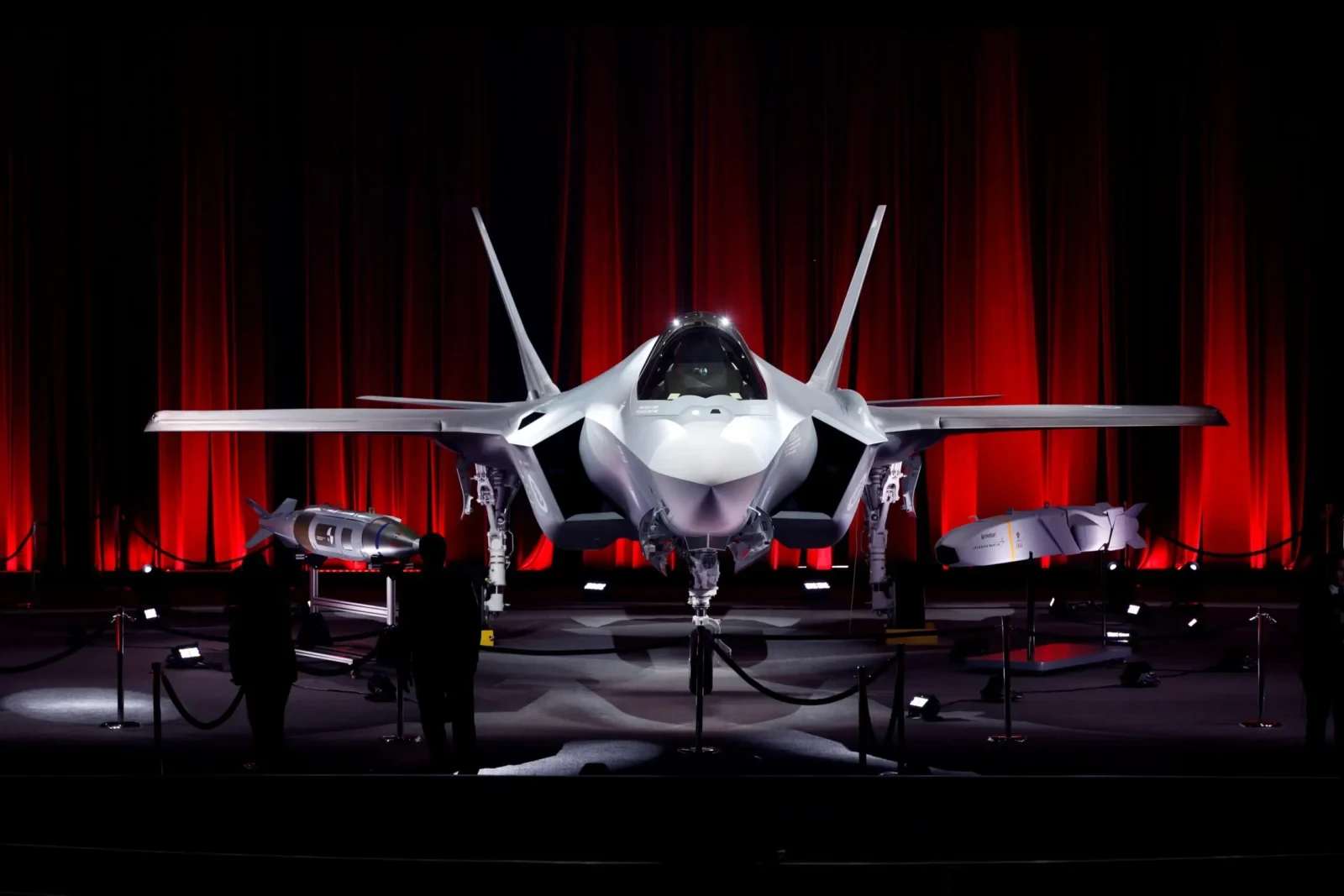
Ankara seeks flexibility and sovereignty in defense
While officials have not confirmed details of ongoing talks, some Turkish defense sources indicate Ankara is also seeking access to F-16 source codes and the Operational Flight Program.
This would allow integration of domestically produced weapons and systems, improving interoperability and reducing dependence on U.S. suppliers.
A Turkish defense expert told Al-Monitor that familiarity and maintenance capability make the F-16 a strong option, but strategic flexibility is pushing Ankara to diversify its fighter fleet.
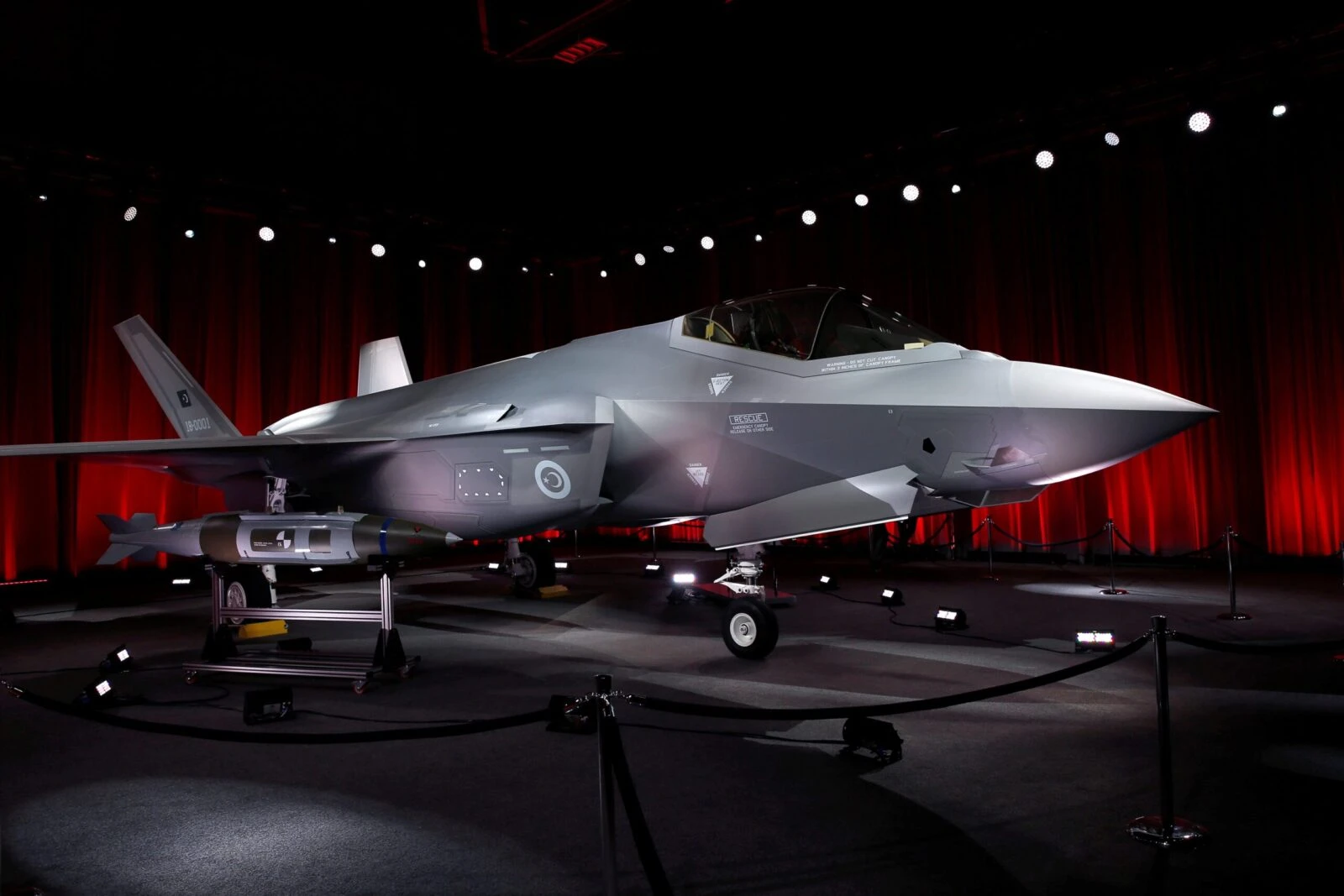
Negotiations continue amid regional pressures
Discussions over both the F-16 and F-35 programs are expected to continue. Foreign Minister Hakan Fidan recently confirmed that Türkiye and the U.S. began technical negotiations aimed at resolving CAATSA-related restrictions.
“We are working on this day and night. Legal experts in both the White House and the State Department are evaluating the issue,” he said.
“Regarding CAATSA and the current F-35 program, our acquired right for now is the delivery of six F-35 jets to Türkiye. These are our earned entitlements, and they must be returned to us through ongoing diplomatic efforts. We’ve paid for them; the planes are sitting there. You’ve been caught in a legal barrier; the delivery was halted. Some of your firms were involved in production; they’ve been removed.”
“Now regaining those rights and recovering what has already been given is a process we are undertaking,” he added.
Recently, during a weekly press briefing, Turkish Ministry of Defense Spokesperson Rear Admiral Zeki Akturk stated that, should the CATSAA sanctions against Türkiye be lifted, there could be a renewed focus on the F-35 procurement process.
Akturk noted that they had previously stated and continue to advocate that if the sanctions are removed, the defense cooperation between Türkiye and the United States would likely see a significant boost.
“We have been saying from the very beginning that the CATSAA sanctions are unlawful. We have repeatedly emphasized that it is not right for an allied country to impose sanctions on another allied country. We have said and are saying that if the CATSAA sanctions are lifted, we will also consider returning to the F-35 procurement process. If the CATSAA sanctions are lifted, we believe that the momentum of cooperation with the US in the defense industry and defense and security issues will increase,” the Defense Ministry spokesperson said.
Regional actors, particularly Israel and Greece, have reportedly lobbied Washington to prevent expanded arms sales to Türkiye to preserve their qualitative military edge.
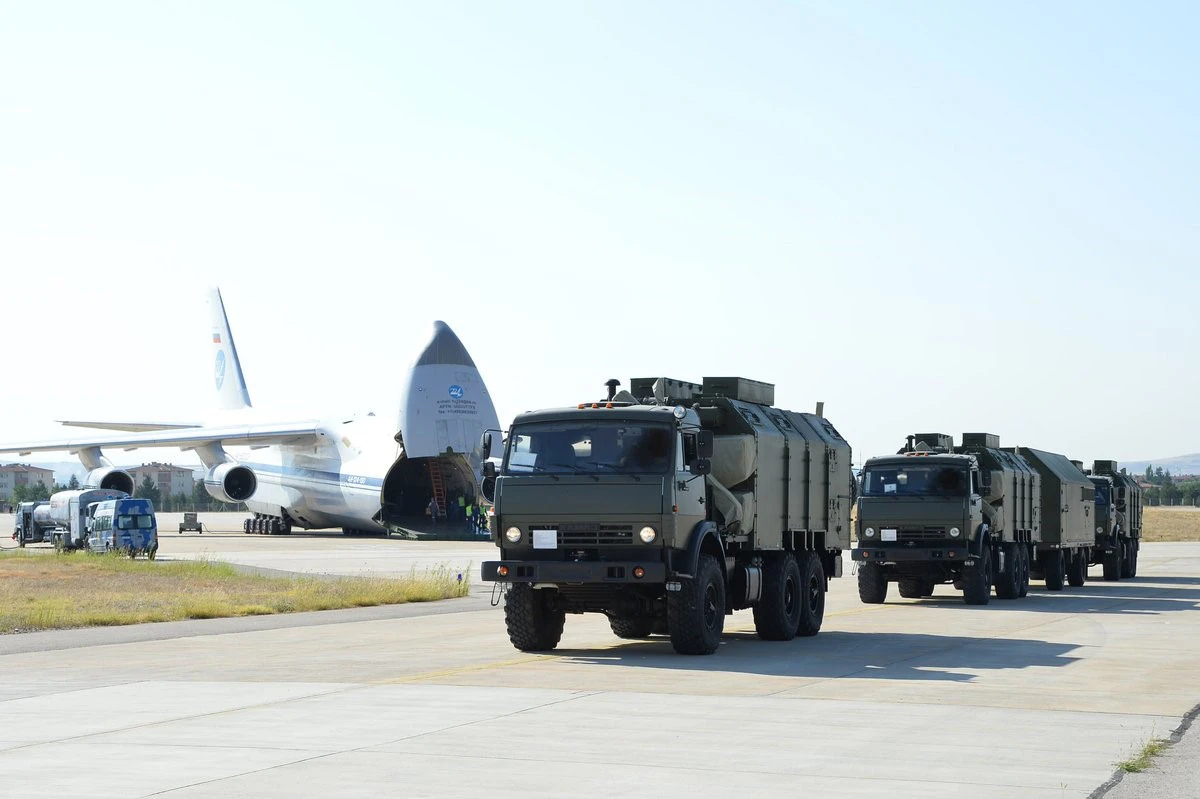
Background: Sanctions and F-35 removal
In 2020, the U.S. imposed sanctions under CAATSA against Türkiye’s Presidency of Defense Industries and senior officials over Ankara’s acquisition of Russia’s S-400 missile defense system.
The move also led to Türkiye’s removal from the F-35 fighter jet program, where it had been a buyer and manufacturer.
Türkiye has labeled the sanctions “unjust,” arguing that its NATO membership and regional security role should shield it from such measures.
Ankara has consistently demanded reinstatement in the F-35 program or compensation for its financial contributions.



